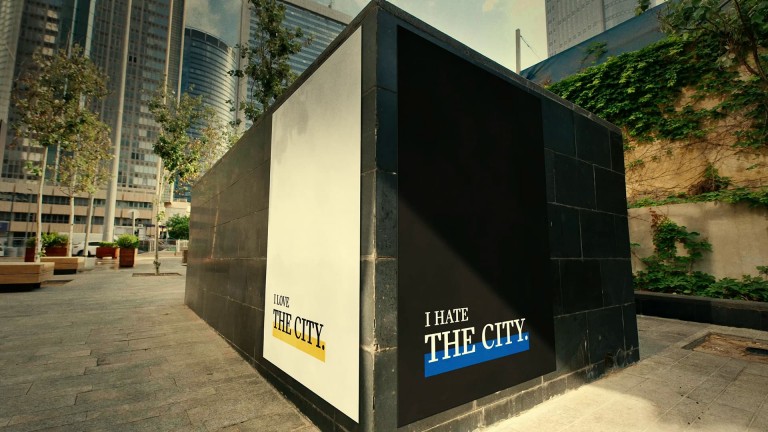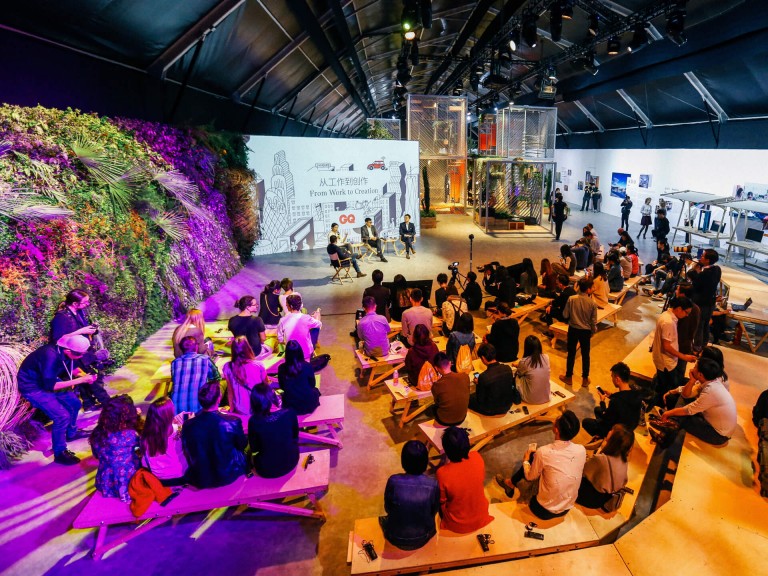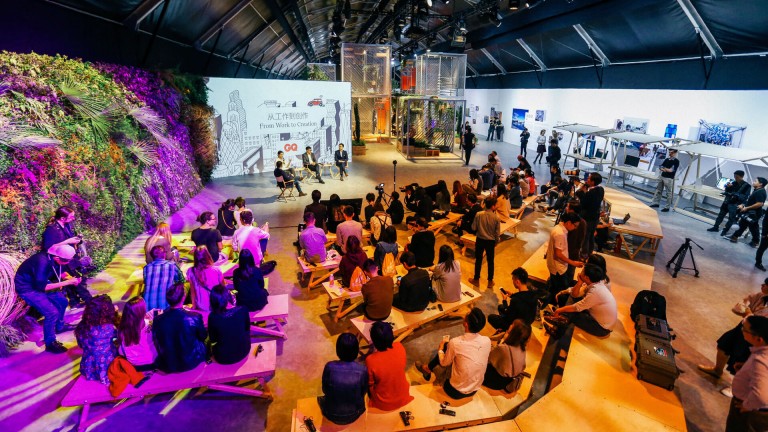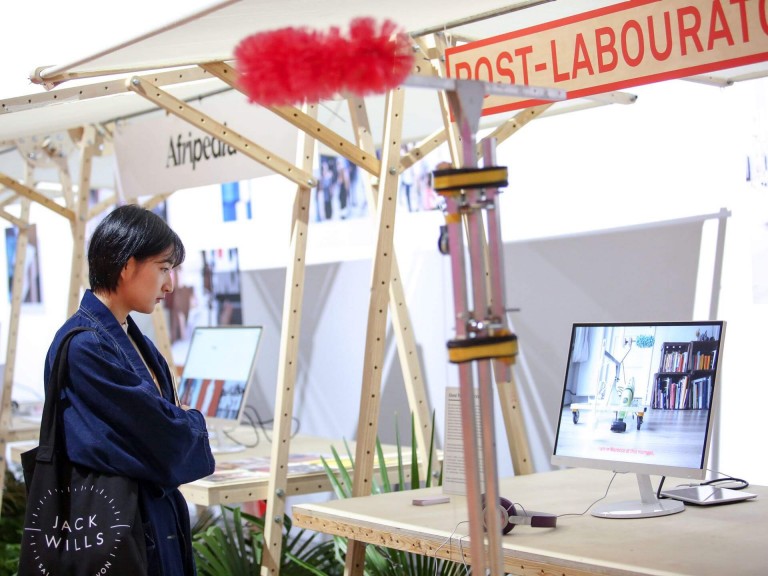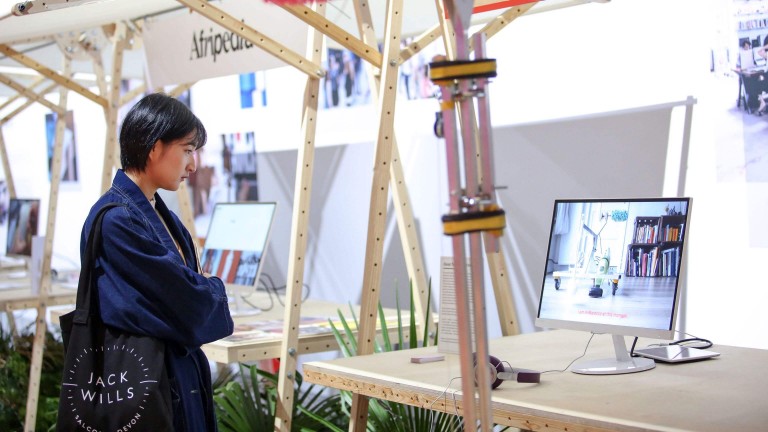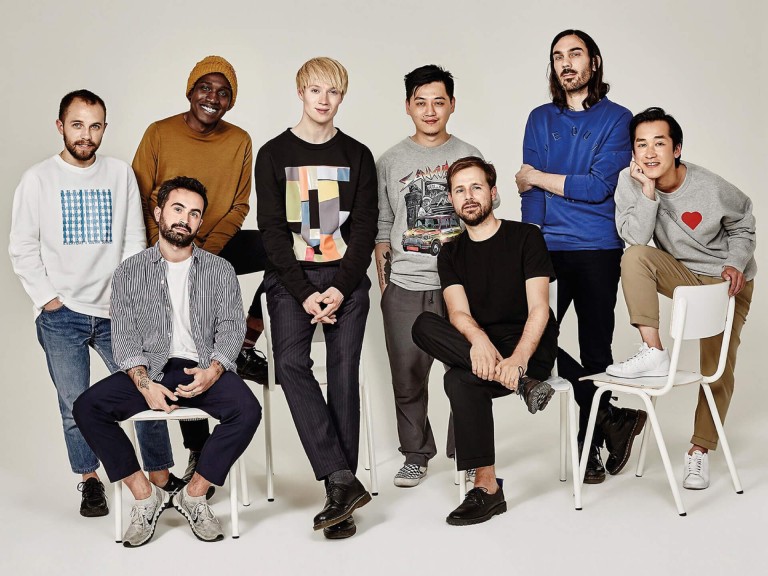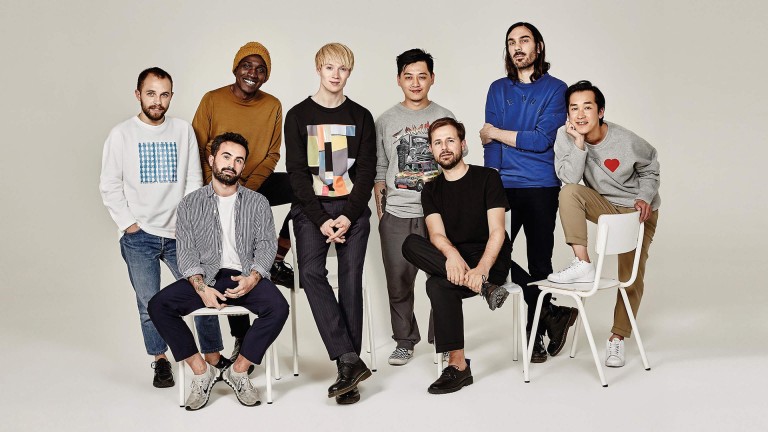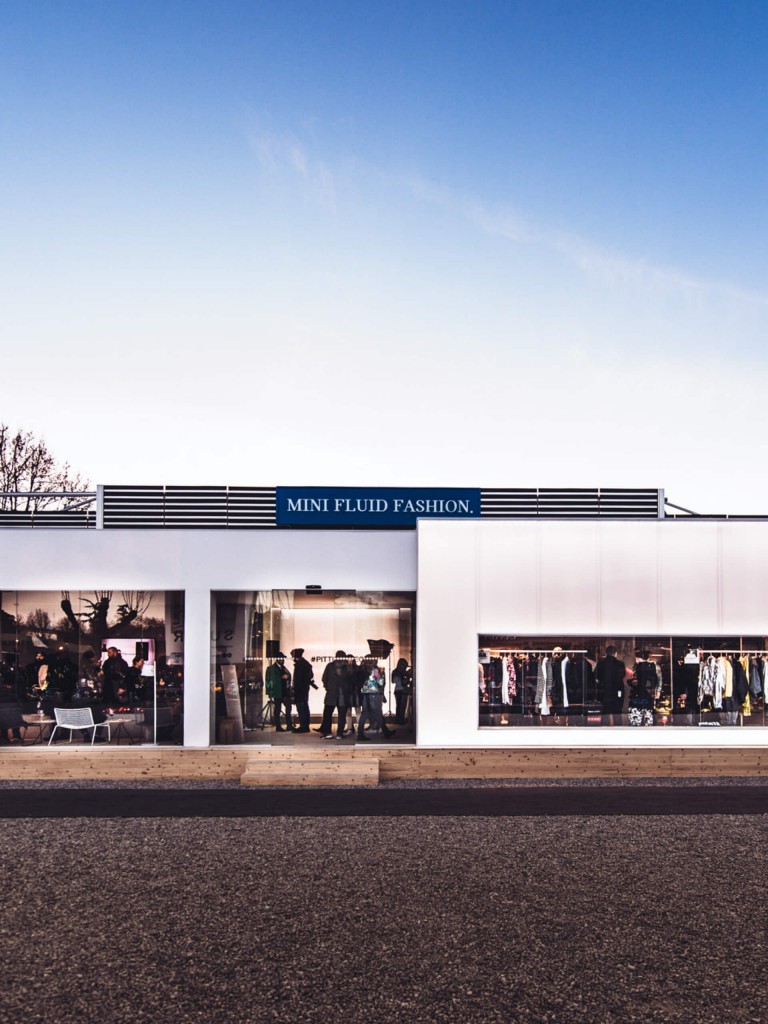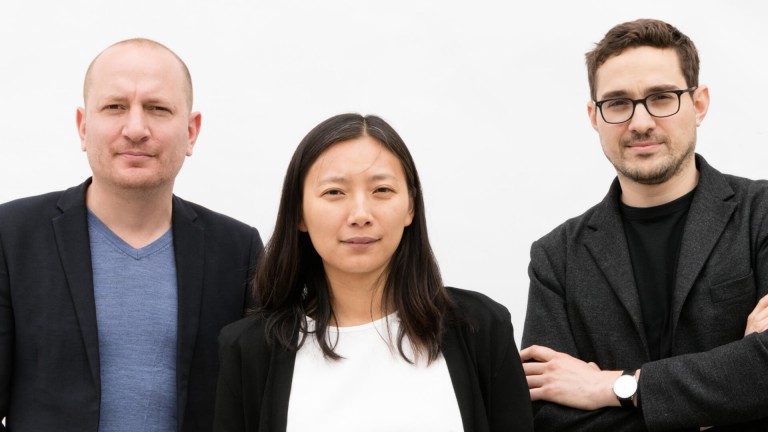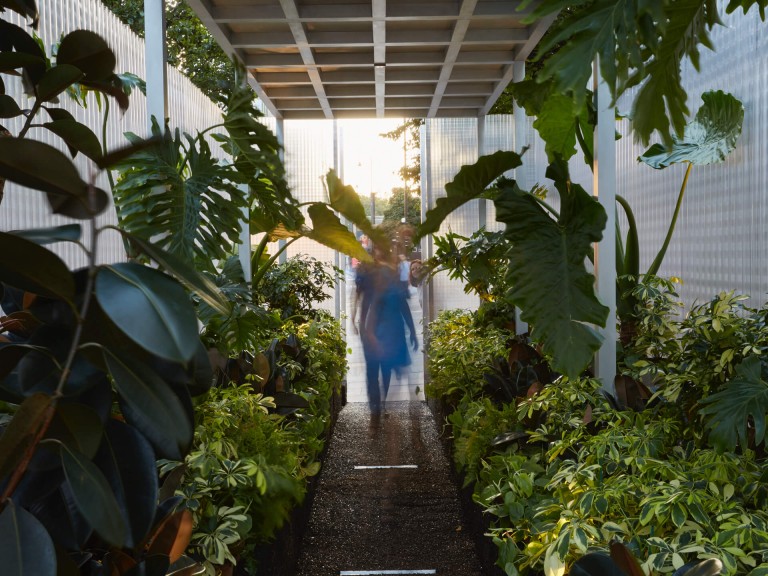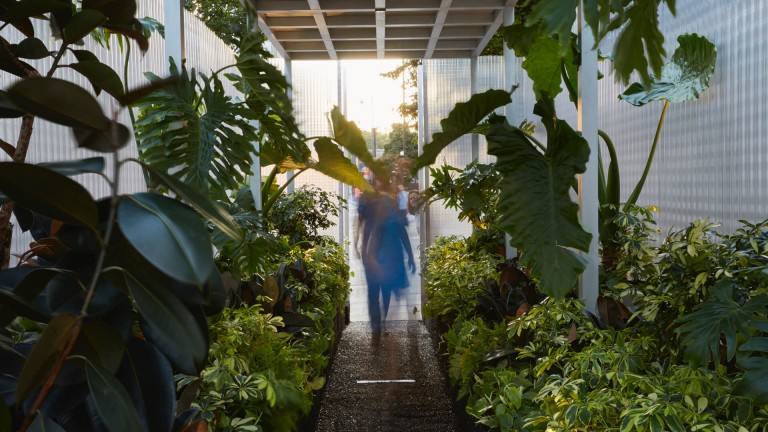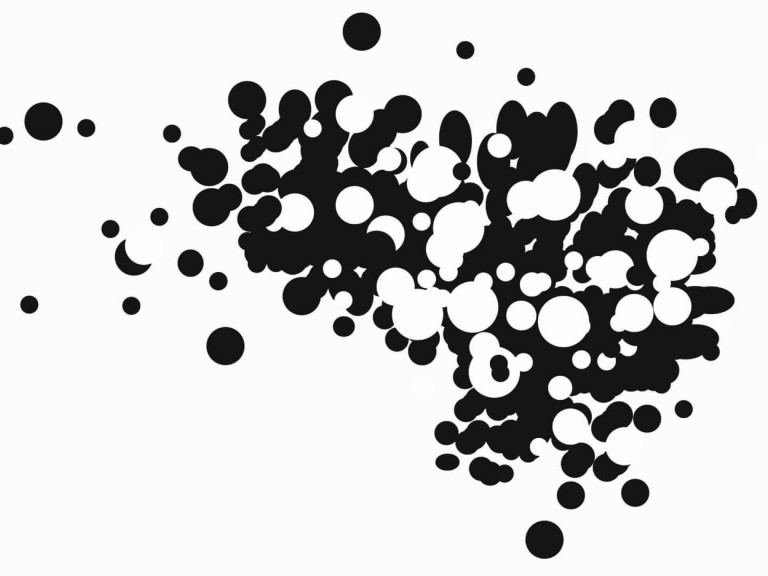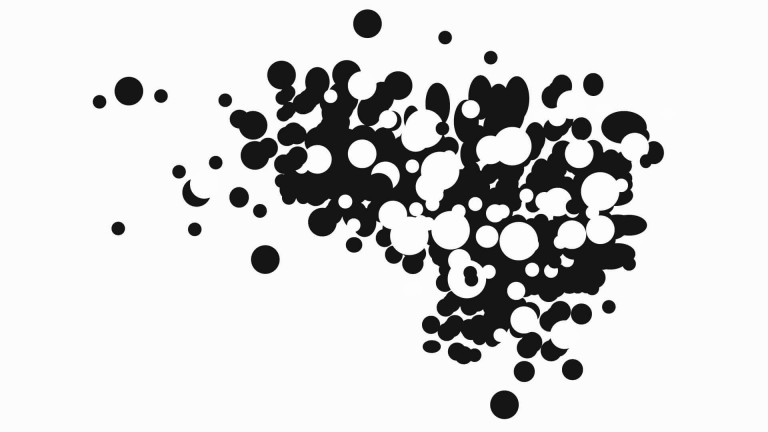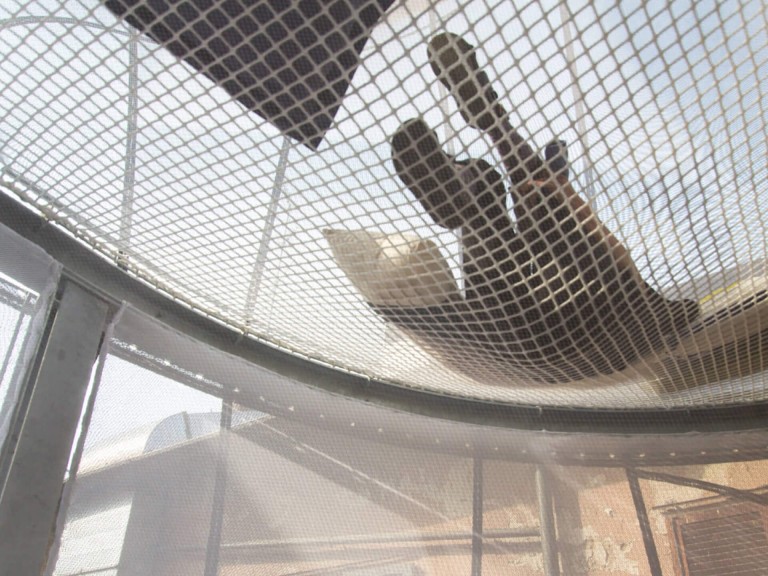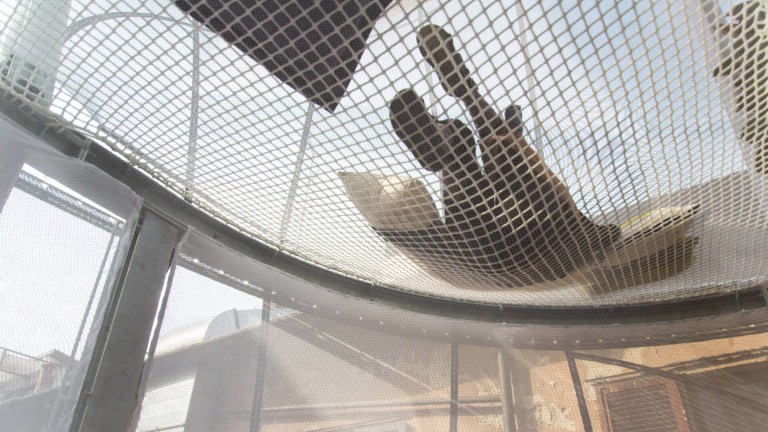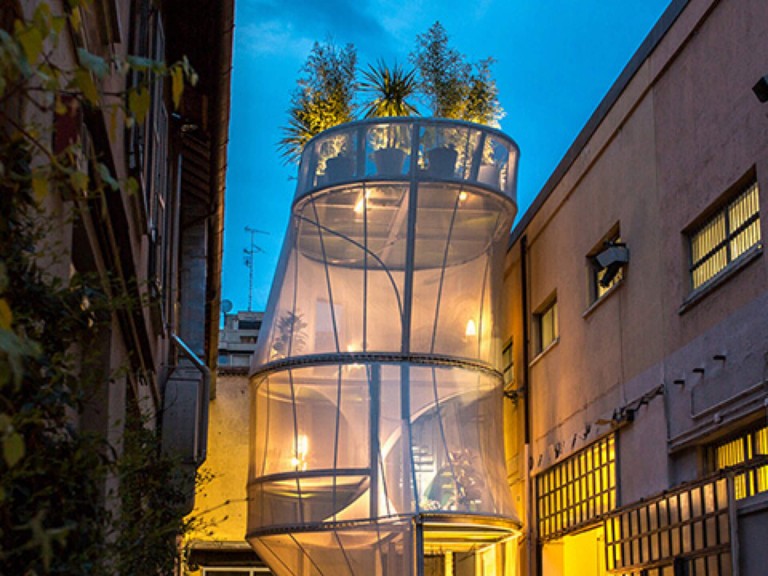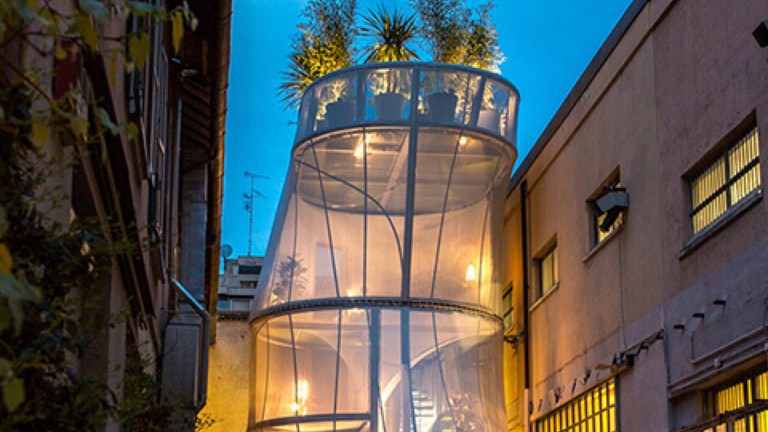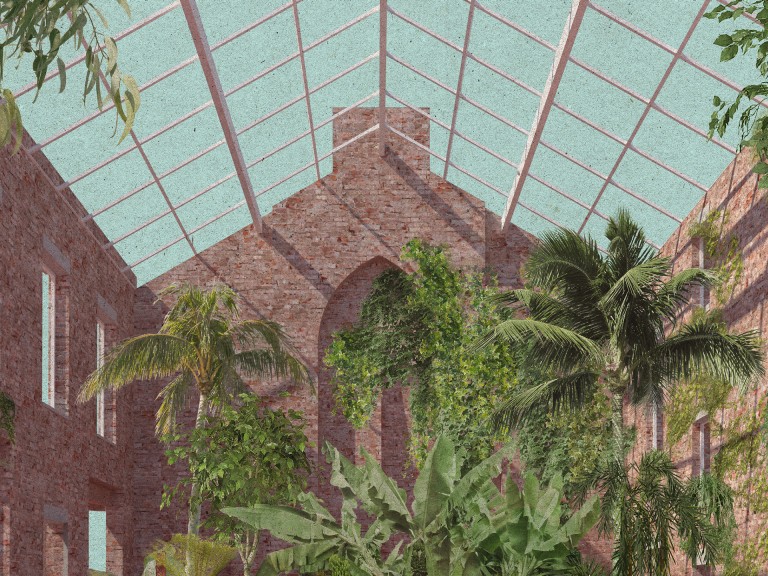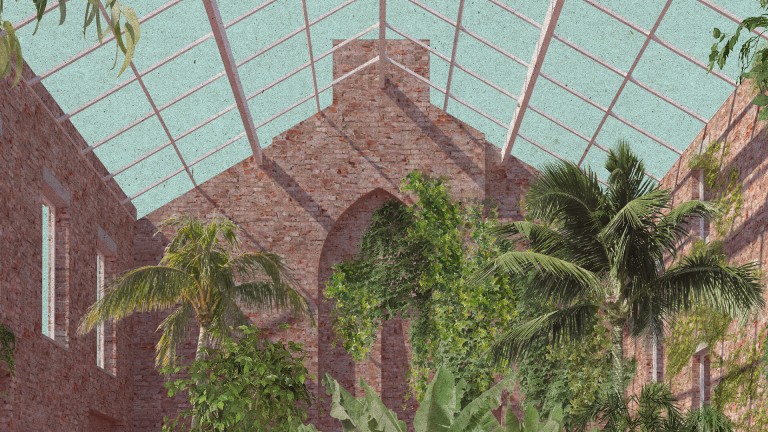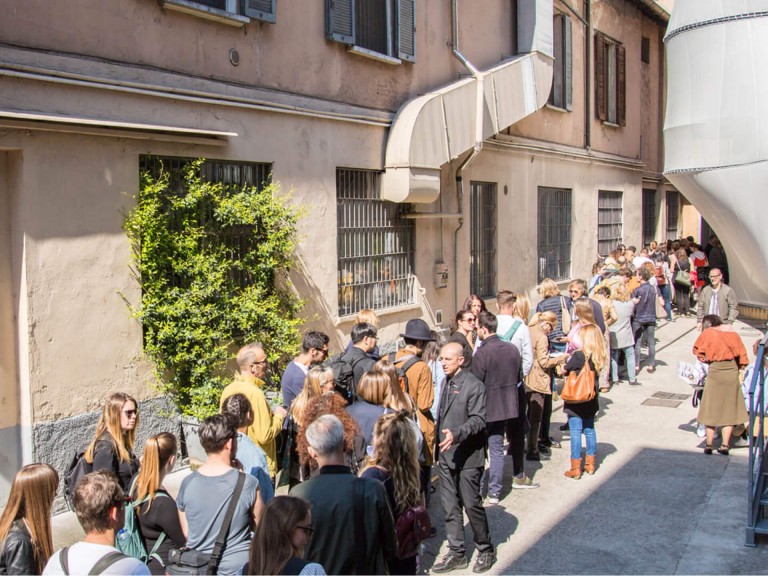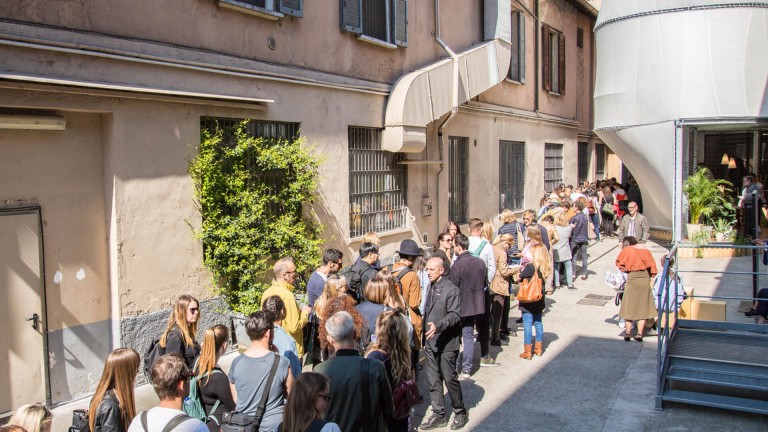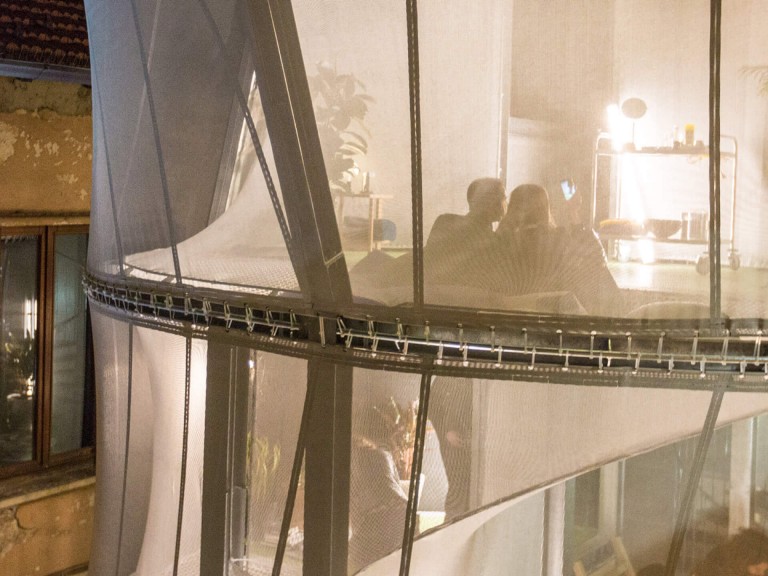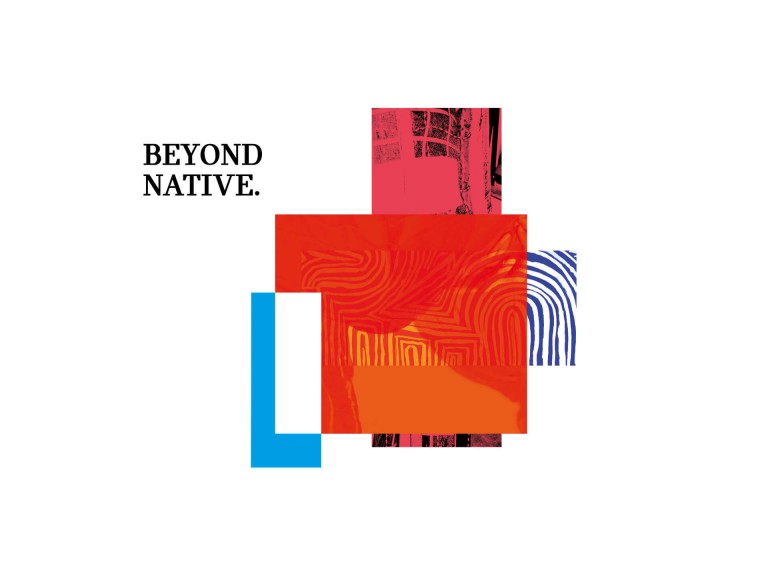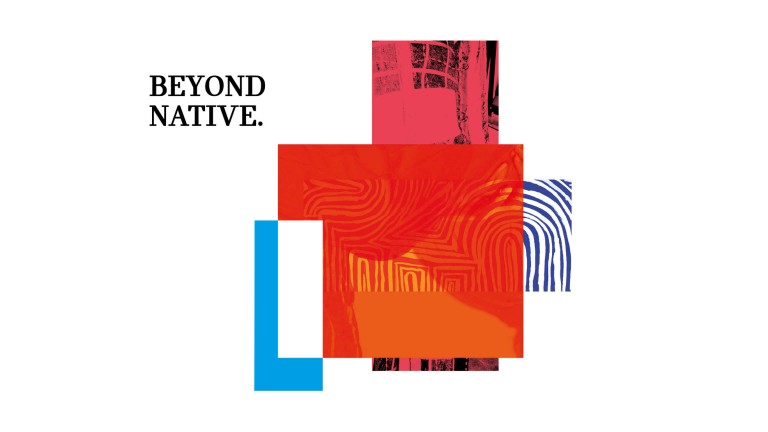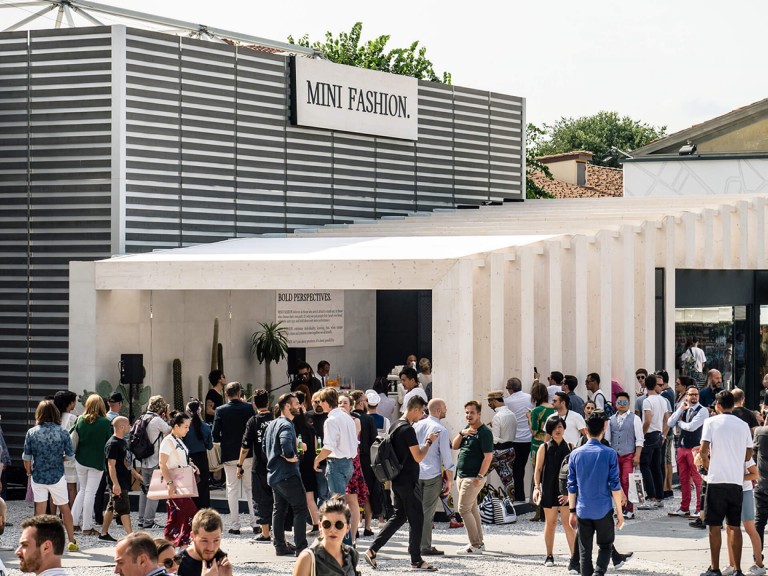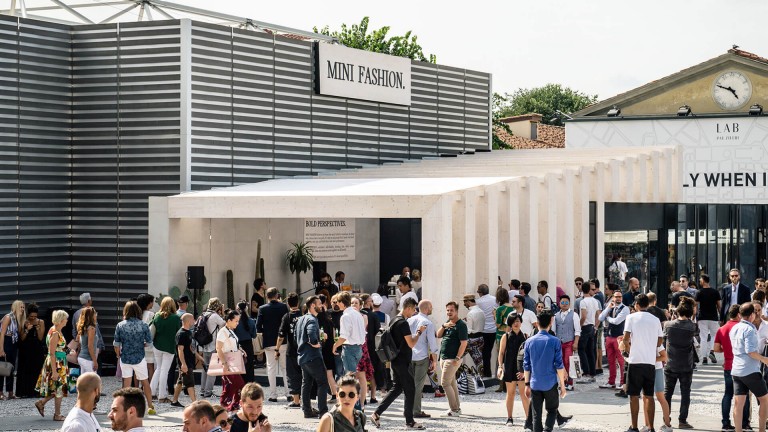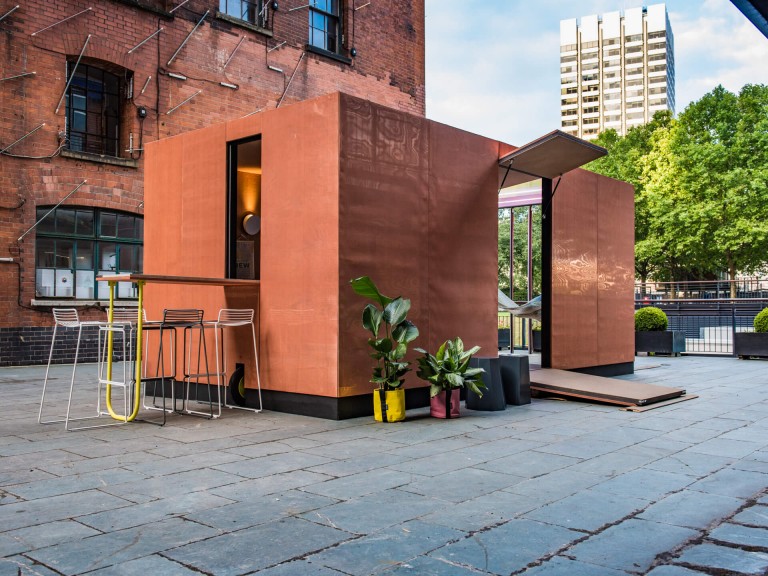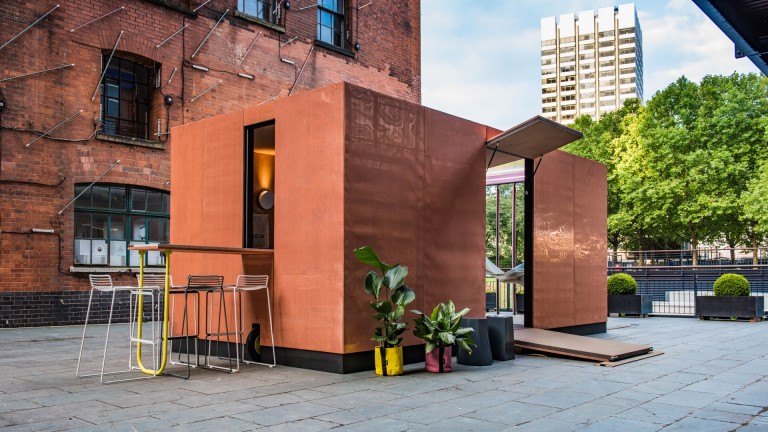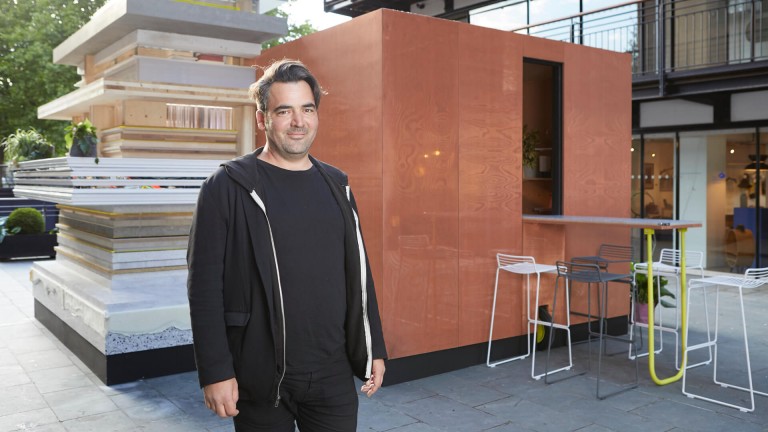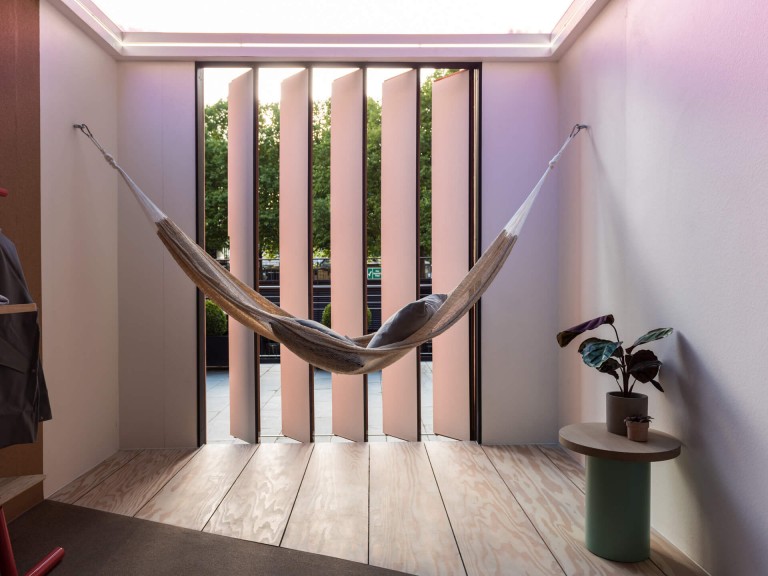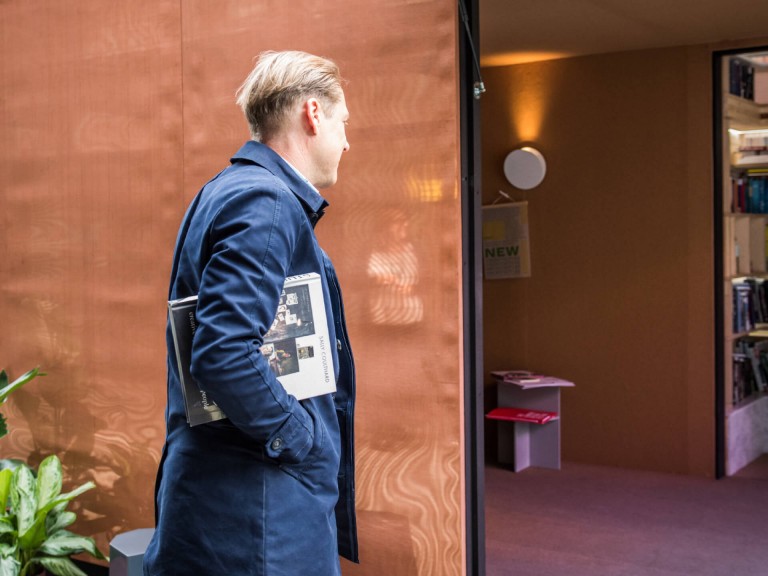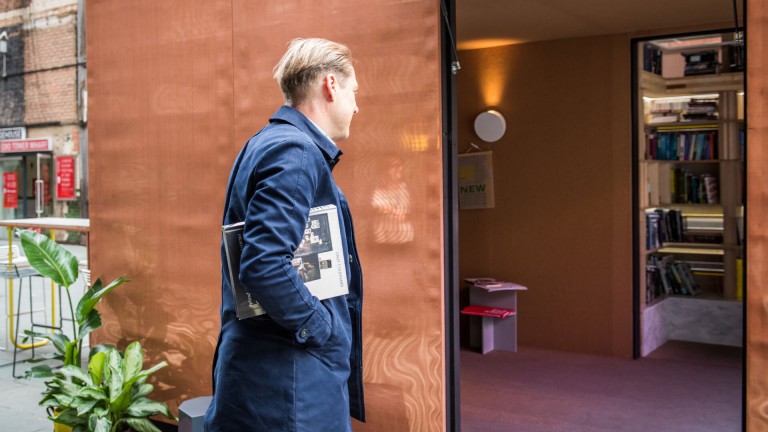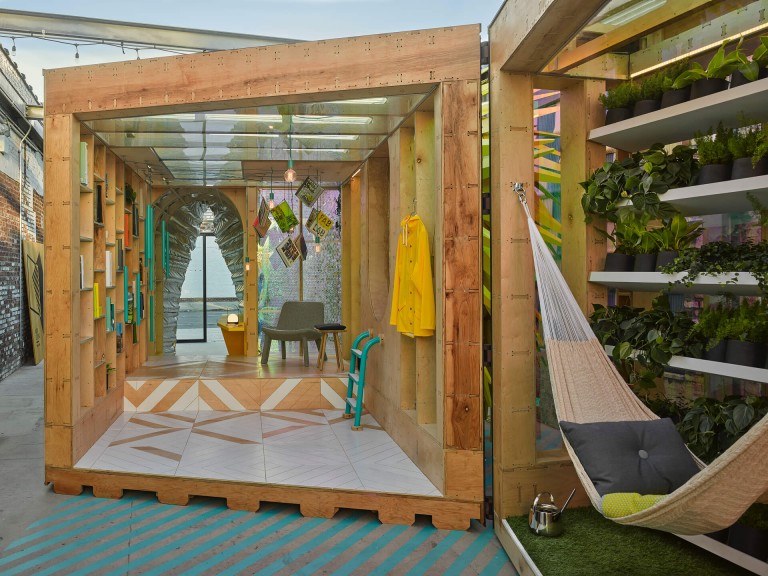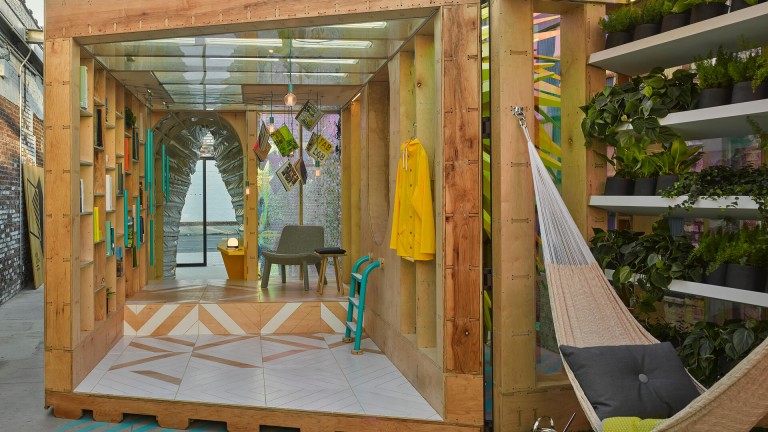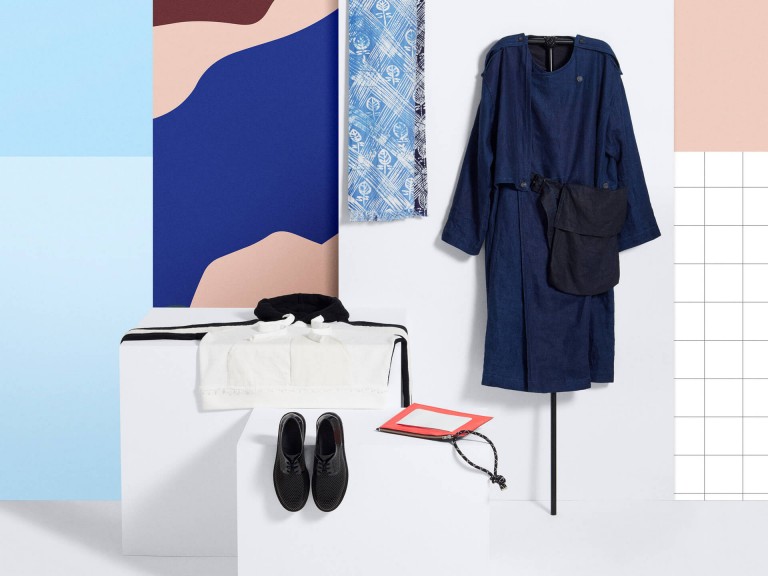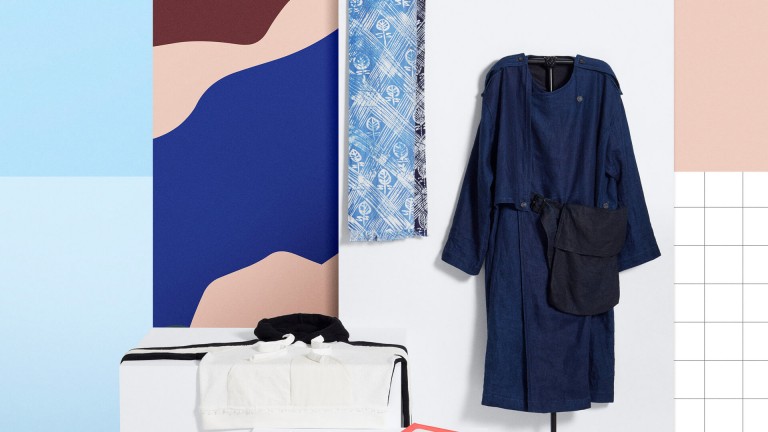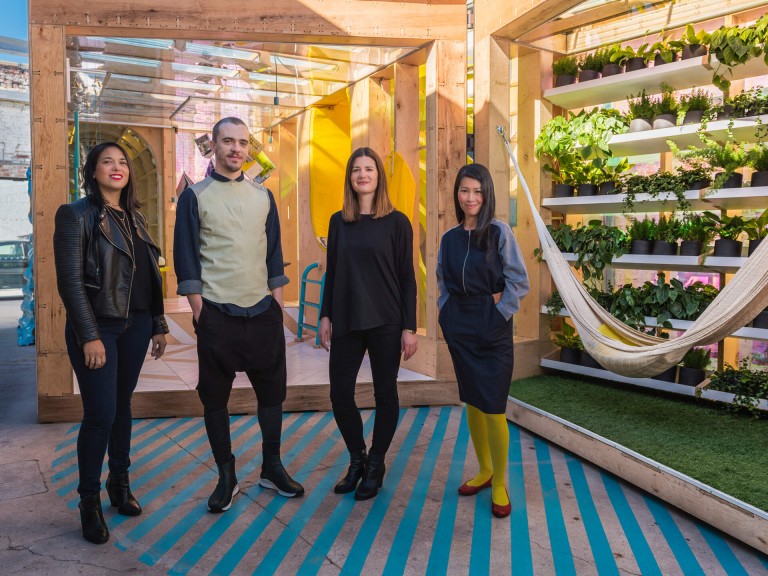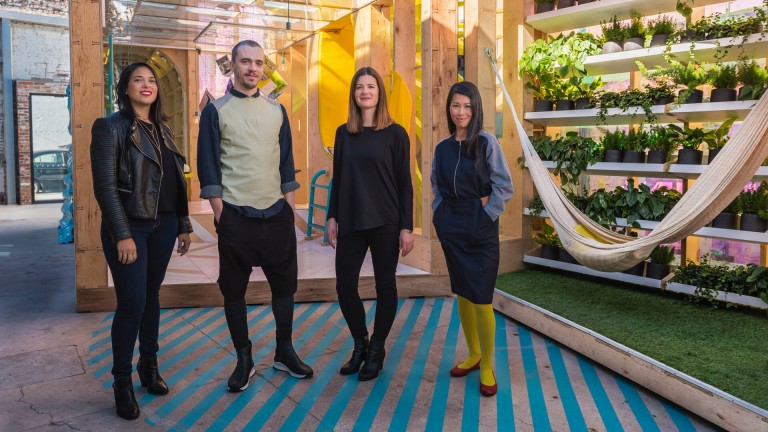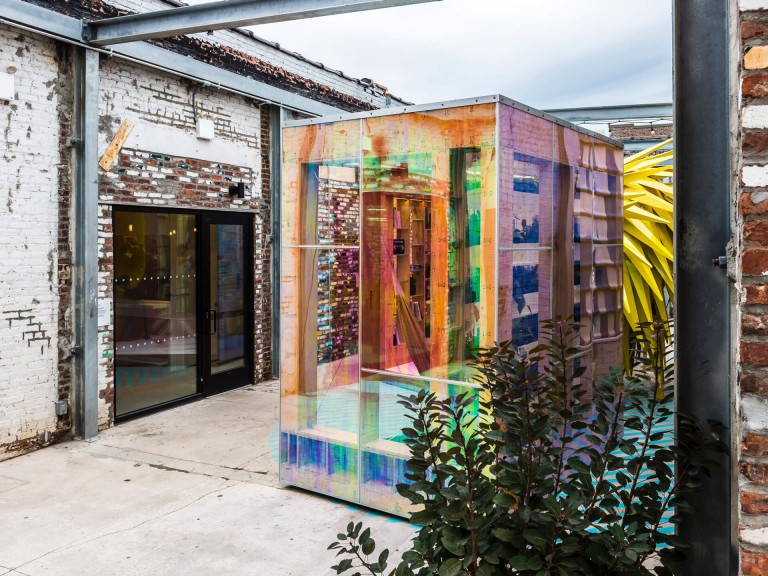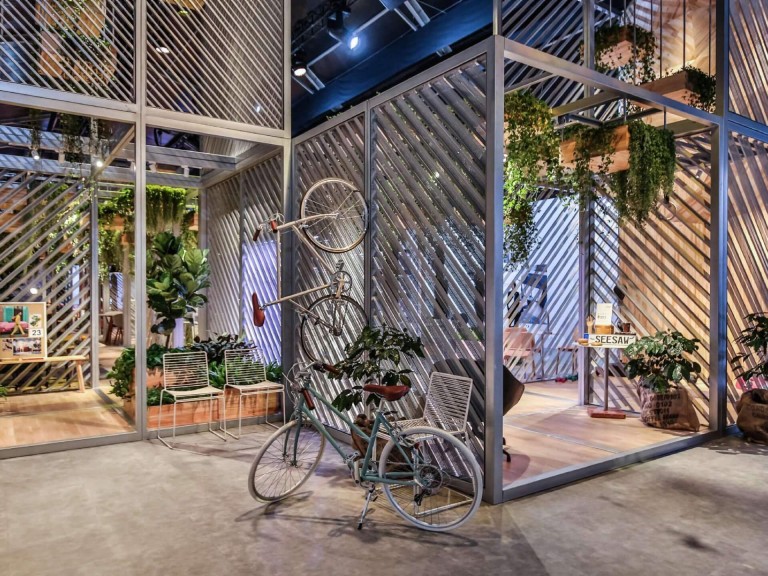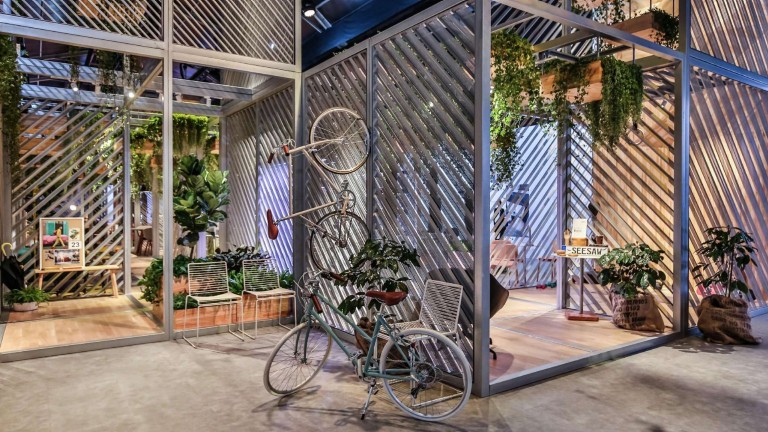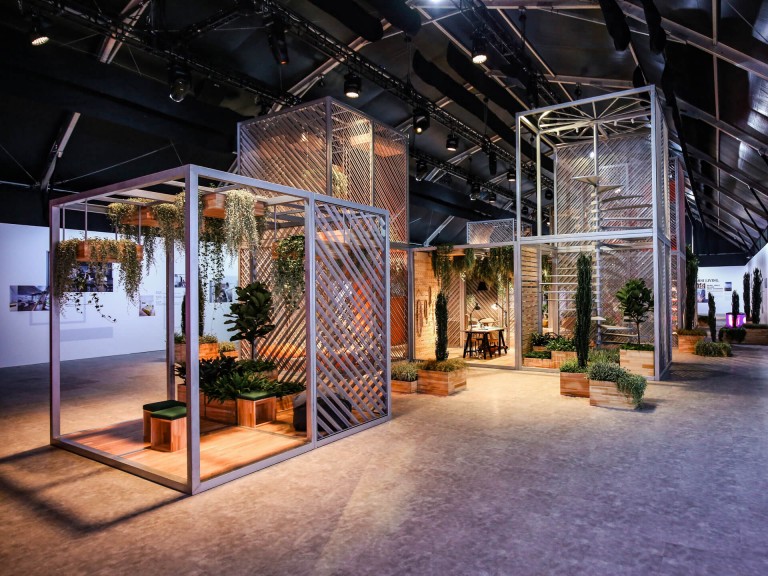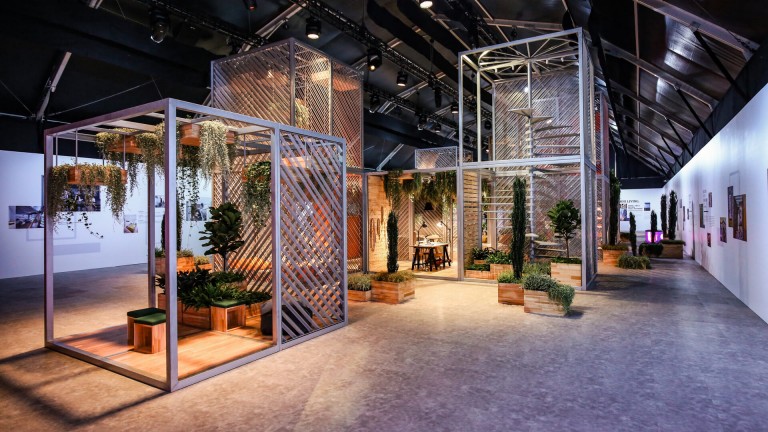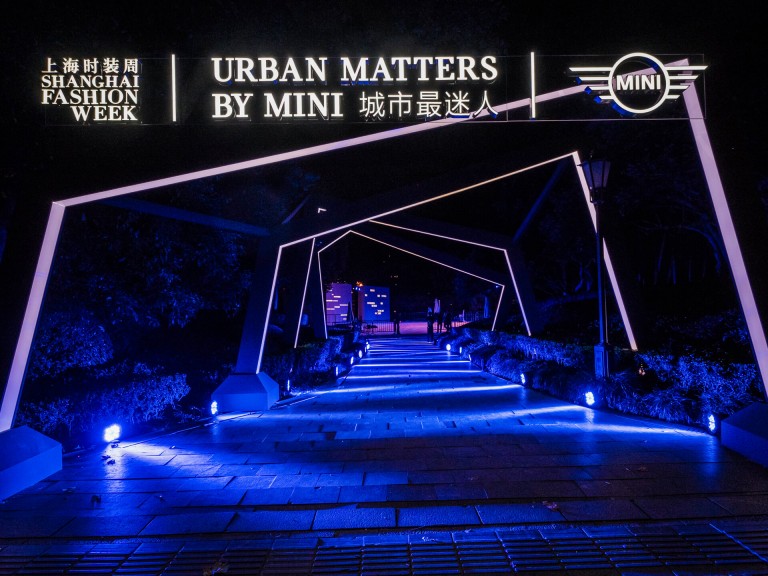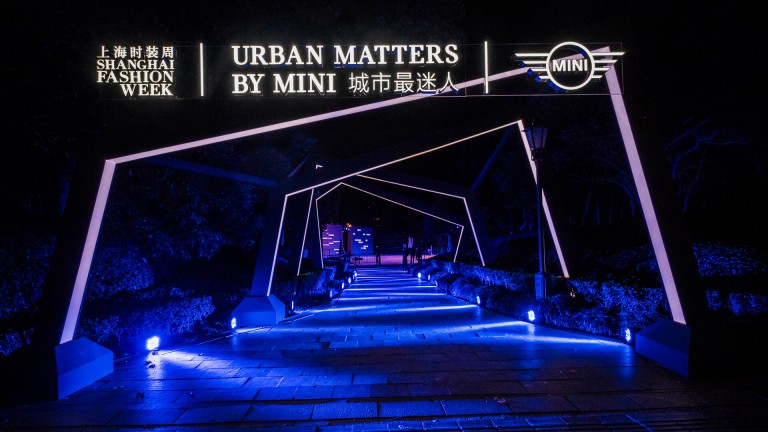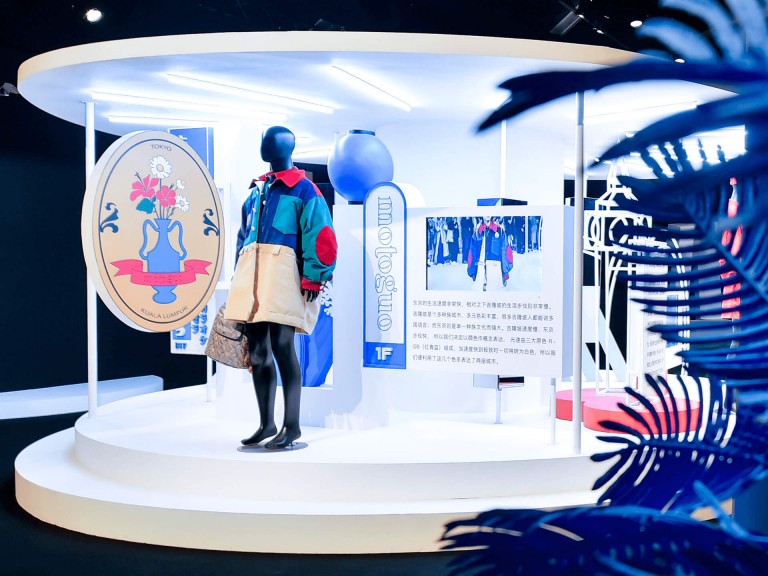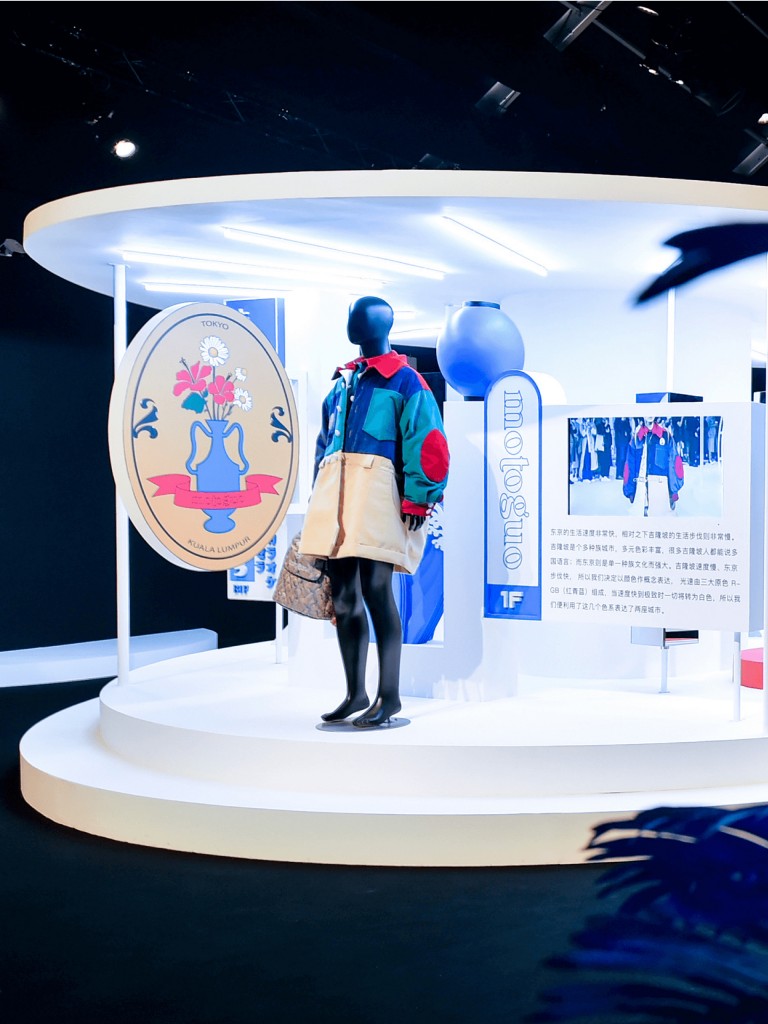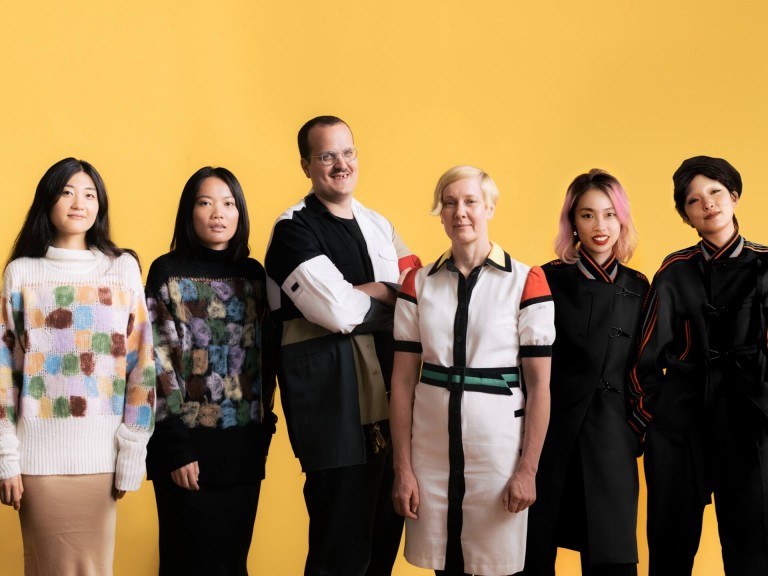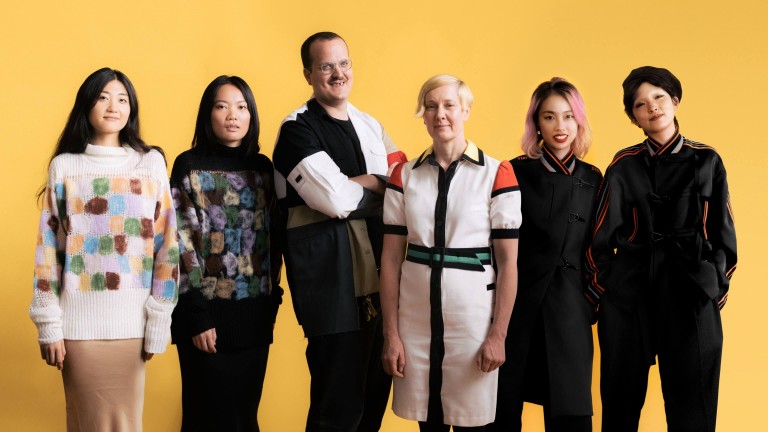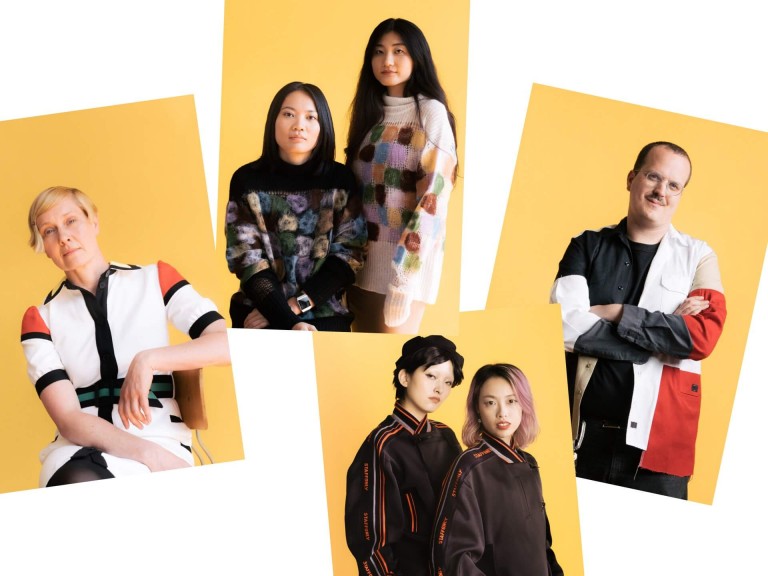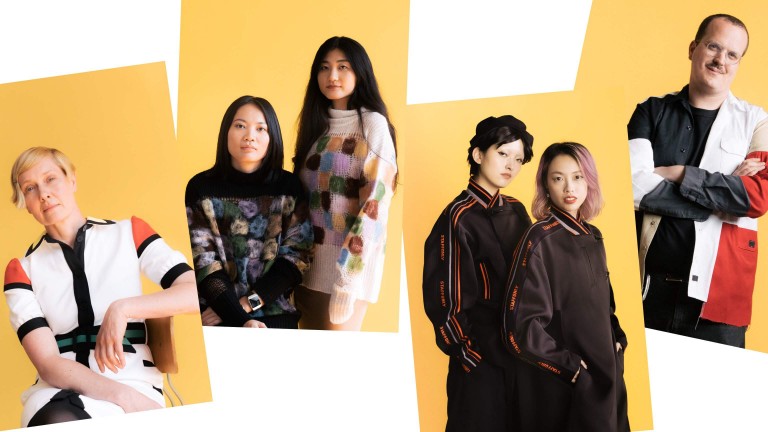Our tool for managing your permission to our use of cookies is temporarily offline. Therefore some functionality is missing.
Pitti Uomo 92 - 2017

SHIFTING TERRITORIES.
MINI Fashion – BEYOND NATIVE Capsule Collection at Pitti Uomo 92.
For Pitti Uomo 92, MINI FASHION collaborates with five up-and-coming designers with a common trait. They’re all people from one place making fashion in another, and their work brings the best of where they’re from—the traditions and influences they grew up with—into exciting new relationships with ideas and images picked up from their adopted home. Not strictly traditional, not self-consciously futuristic, but blending respect for the past with the experience of the new to create something truly original—in other words, BEYOND NATIVE.
Appropriately, for a collection inspired by moments of intercultural exchange and curiosity, what these designers have been up to might be best described using two words borrowed from German: ‘Heimat’ and ‘Fernweh’. The first describes not only the place we were born and raised—the specific location that first shaped our ideals and view on the world. ‘Heimat’ is a trinity of descendance, community, and tradition. The second has to do with our need to explore and discover—to set out for new territory and see everything there is to see. The place where the two meet, where our knowledge of where we’re from intersects with our search for where we want to be, is the place where these designers draw their inspiration from. And it’s no coincidence that this place often turns out to be the city.
'HEIMAT' IS A TRINITY OF DESCENDANCE, COMMUNITY, AND TRADITION.
From Shanghai to New York, London to Tokyo, MINI’s new collaborators are challenged and inspired by some of the world's great melting-pots, revelling in the diverse environment that MINI, too, has always thought of as home. For the BEYOND NATIVE Capsule Collection, they’ve each created unique fashion items for the urban traveller, for those, like us, who feel at home in the cities around the world.
'FERNWEH' HAS TO DO WITH OUR NEED TO EXPLORE AND DISCOVER.
POST-IMPERIAL
To see just how productive this mix of Heimat and Fernweh can be, you only have to take a look at the work of Post-Imperial—the Nigerian-born designer Niyi Okuboyejo, raised in Texas, living and working in New York. Post-Imperial’s striking ties and pocket squares are made using an age-old Yoruban dyeing technique. But if you imagine that Niyi Okuboyejo is somehow trying to ‘bring back’ his country’s past, you’d be mistaken. Post-Imperial, as the name suggests, looks to the future, to what Okuboyejo calls “the time after the old regimes, creating for today.”

EDWINA HÖRL
Austrian native Edwina Hörl knows that the feeling for ‘Heimat’, as powerful as it can be, is also illusory—since it’s in the past, you can never quite go back there again. Now living in Japan, Hörl uses her work to reflect on her own identity, but also to join in a global conversation about how this sense of self changes when we find ourselves, as she has, in a new cultural environment.

DIEGO VANASSIBARA
Shoe designer Diego Vanassibara describes the combination of his Brazilian heritage with his experience of living and working in London as a 'perfect storm' of inspiration. It’s hard to think of a better metaphor for Vanassibara’s work. His pop-art patterns and streetwise flair applied to classic shapes feel like a timely combination of electricity and atmospheric pressure setting each other off at just the right cultural moment.

PRONOUNCE
Yushan Li and Jun Zhou’s easy-going approach has a lot going on under the surface. It’s no simple feat to combine light wool, latex tubes, hemp and cotton and make it look, as they like to do, like they weren't trying too hard. But the two learned the art of mixing materials and combining opposites during their studies in London, as well as in Milan and Shanghai, the two places the designers call home today. The cities’ casual multiculturalism is a constant inspiration, offering both a parade of new ideas from around the world and a model for how to combine them as though it were no big deal.

PERRET SCHAAD
If Heimat gives us a feeling of strength and security, Fernweh offers the thrill of discovery with a whiff of freedom. Perret Schaad’s work has plenty of both. Here, traditional handicraft is well-respected, but combined with a love for material layering and distinctive colour combinations. By pattern cutting and with a passion for draping, Johanna Perret and Tutia Schaad bring together fluidity and movement with the sculptural. After all, in fashion, as in politics, too much emphasis on tradition can be deadening. In Perret Schaad’s world, the past is present, but never revered or fetishised.

